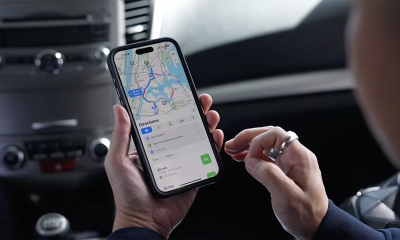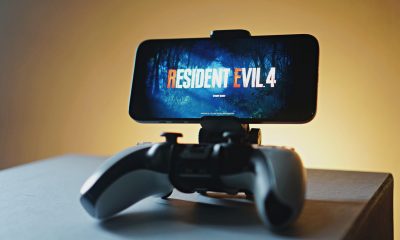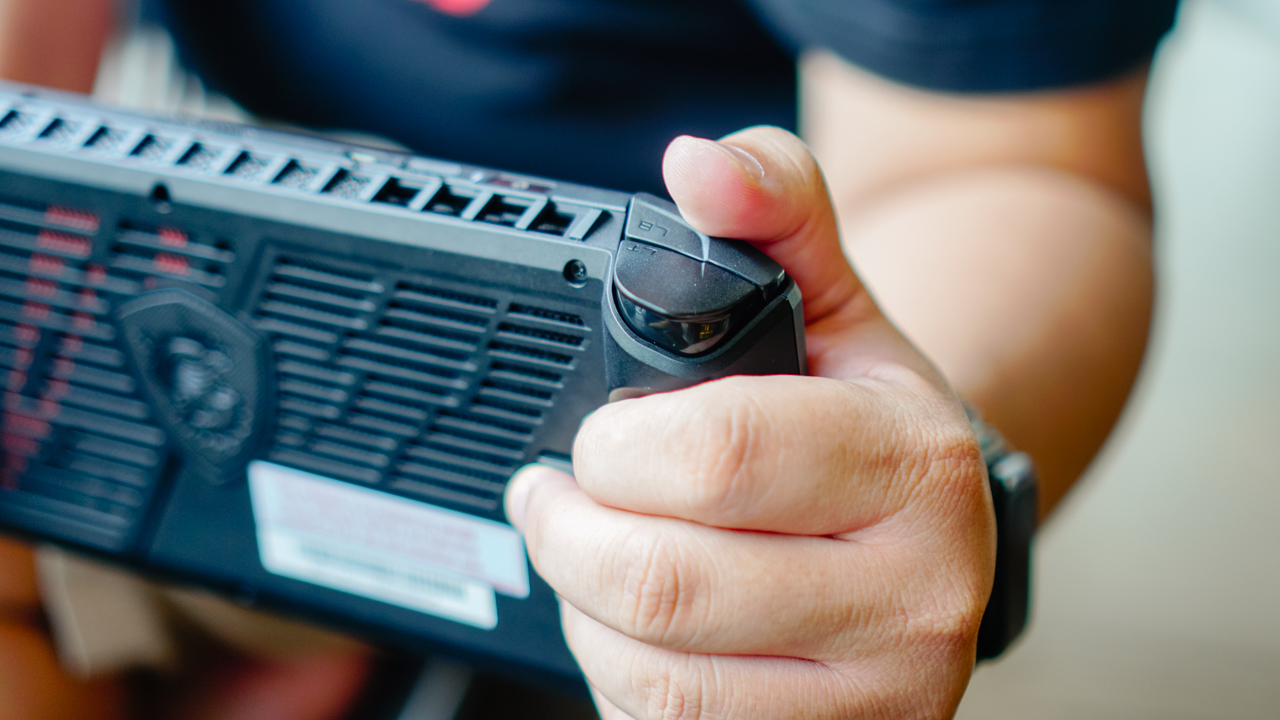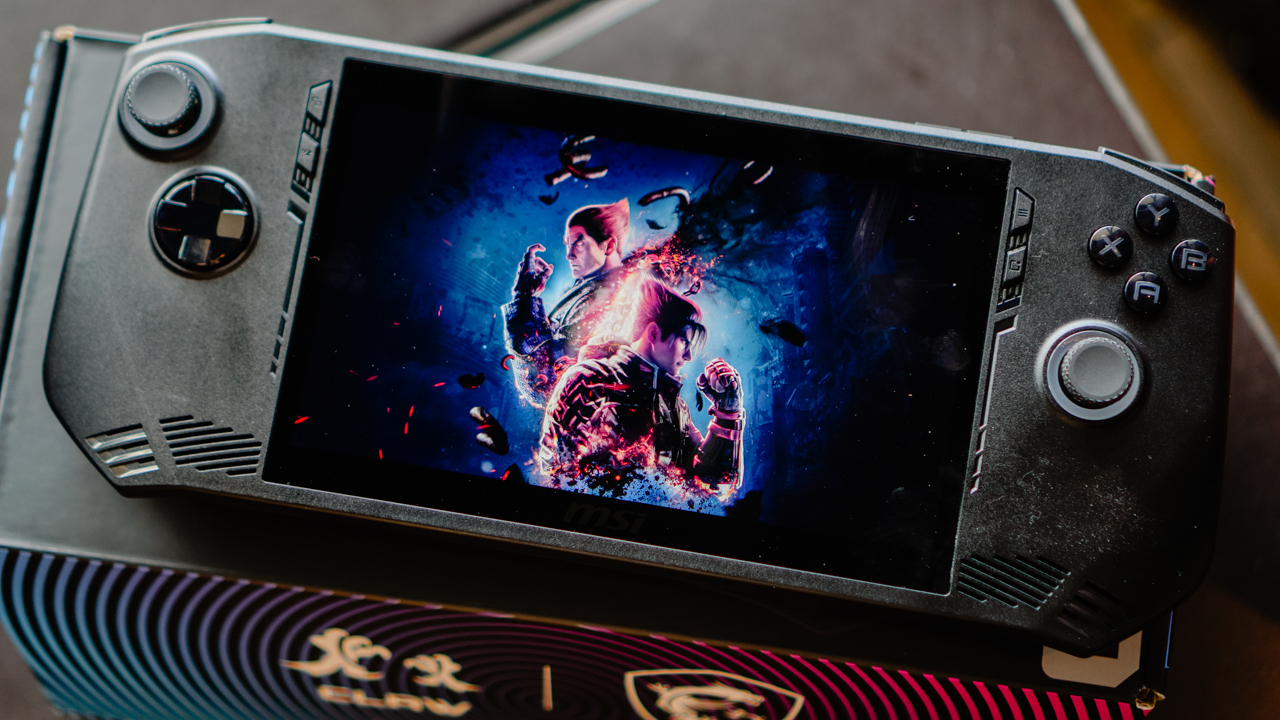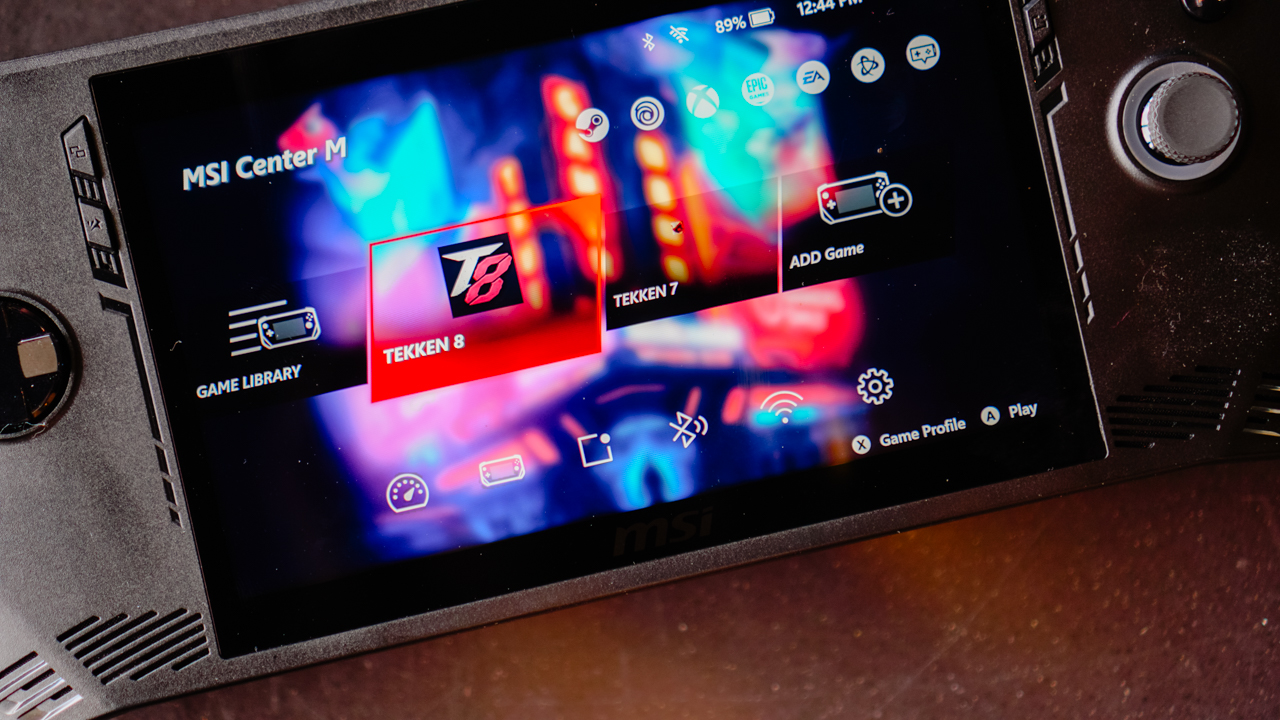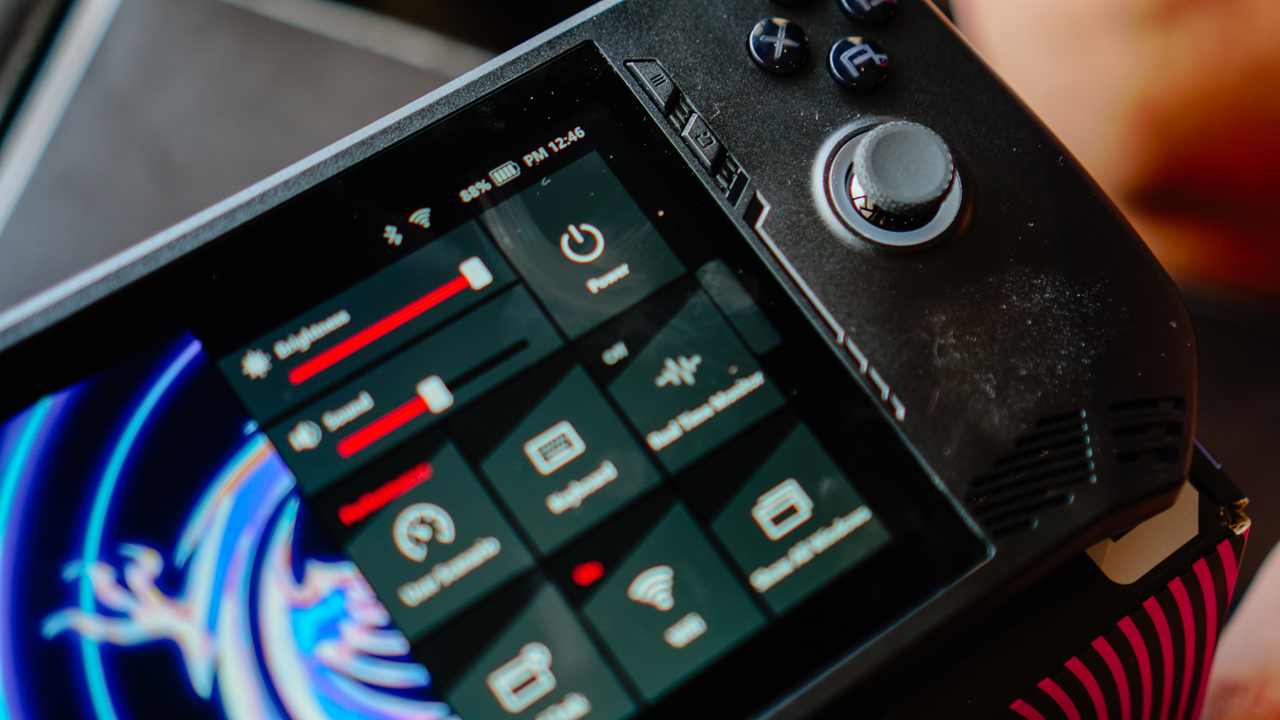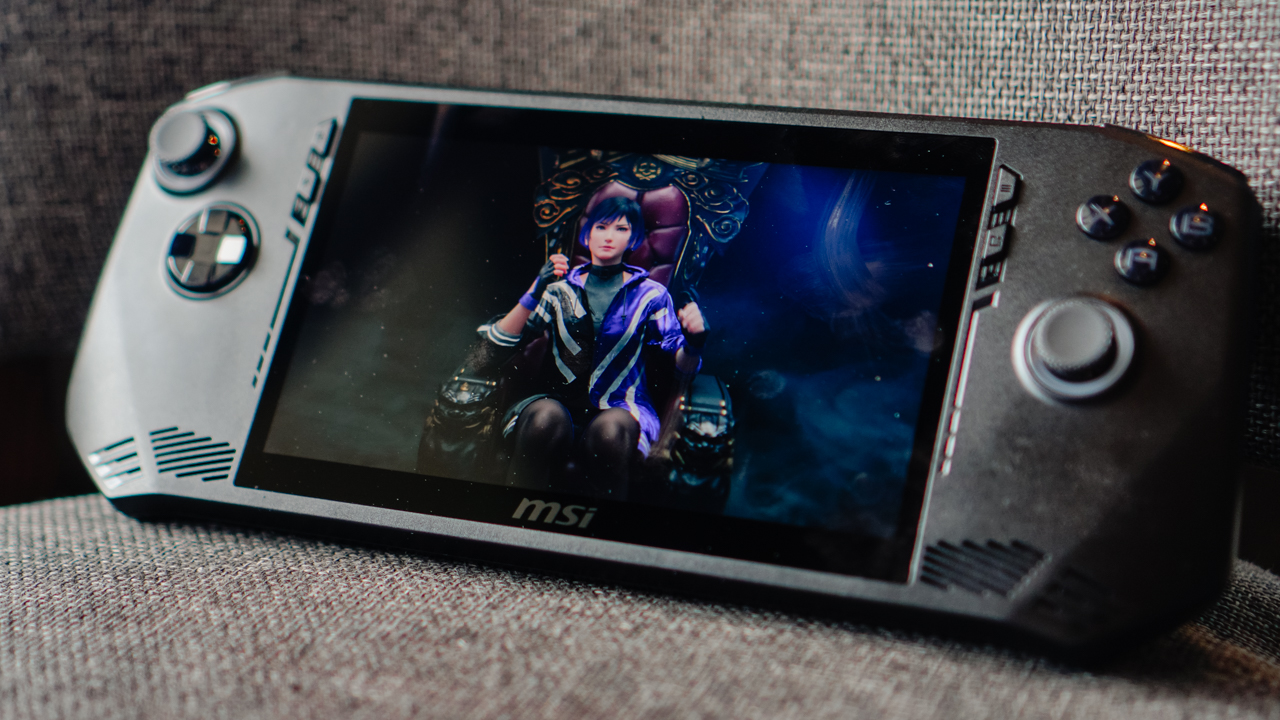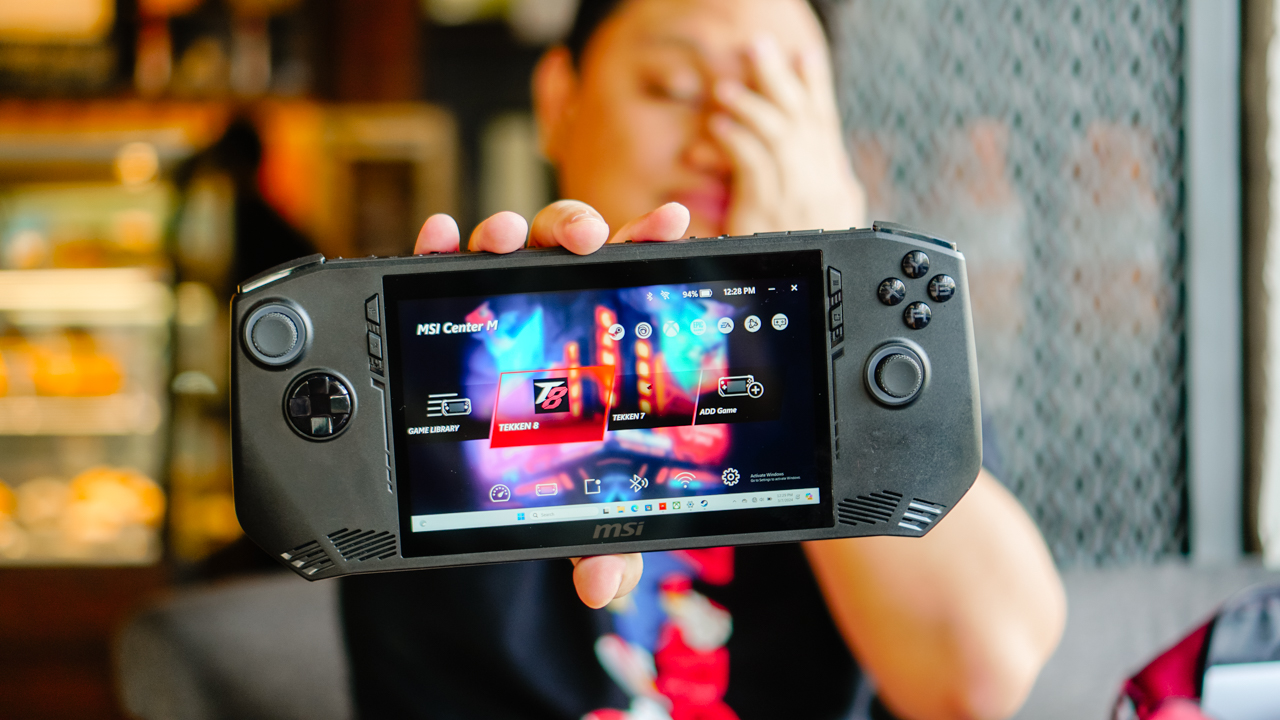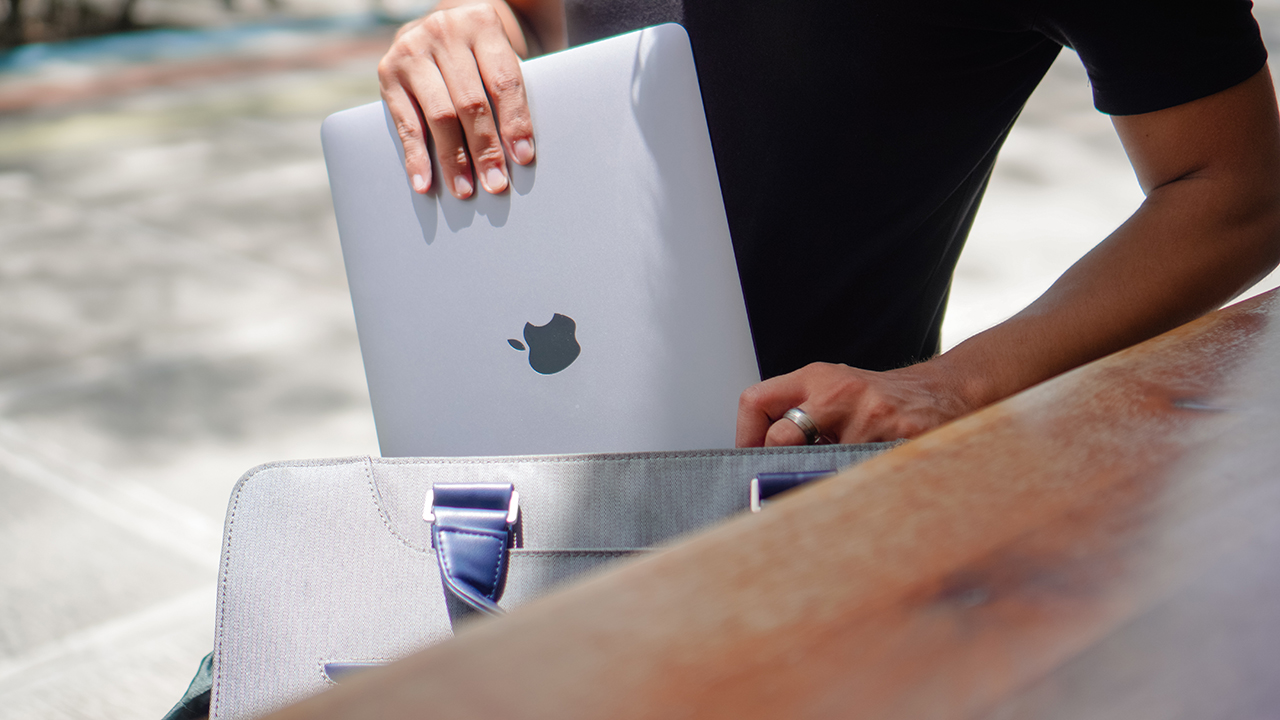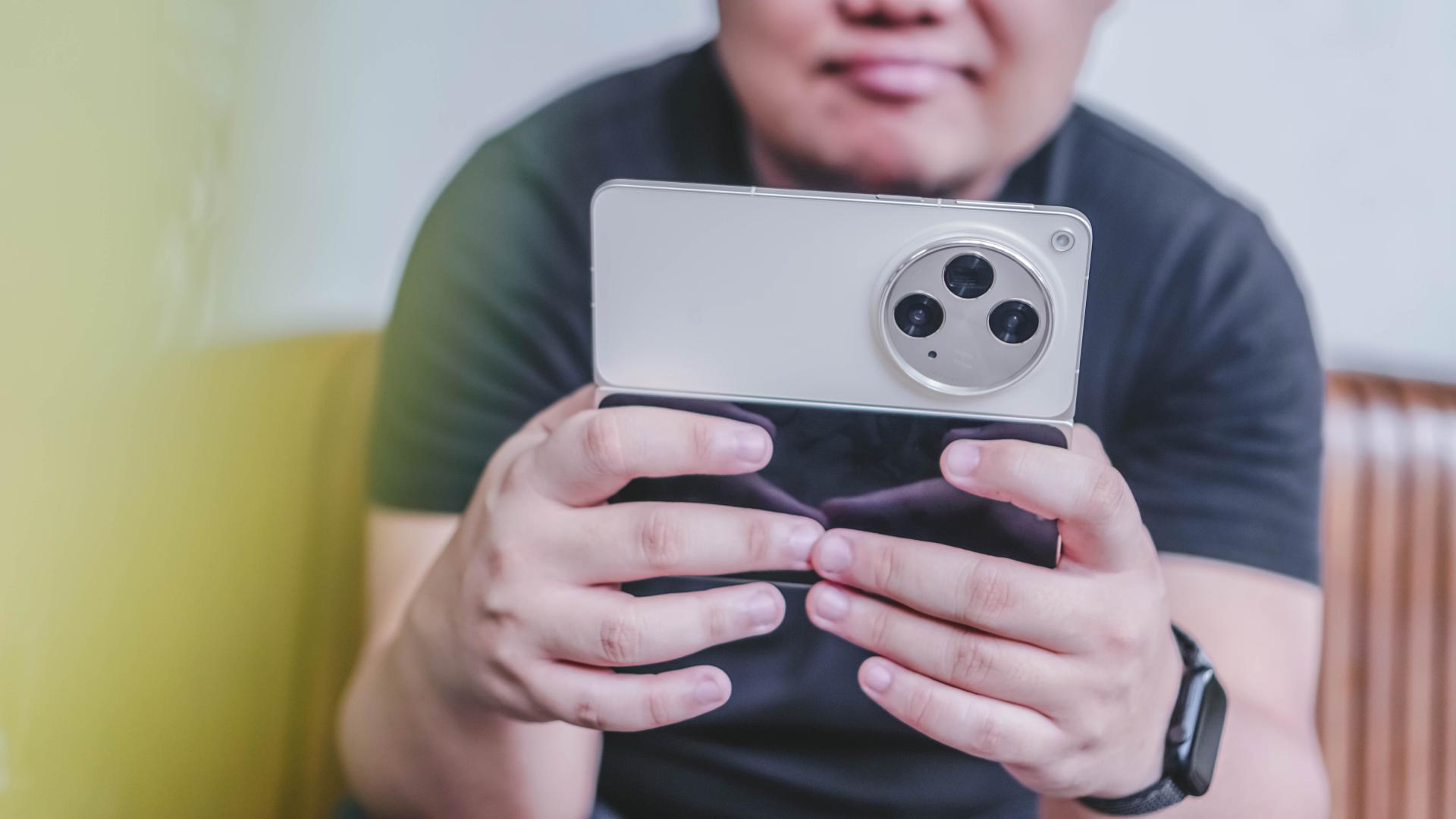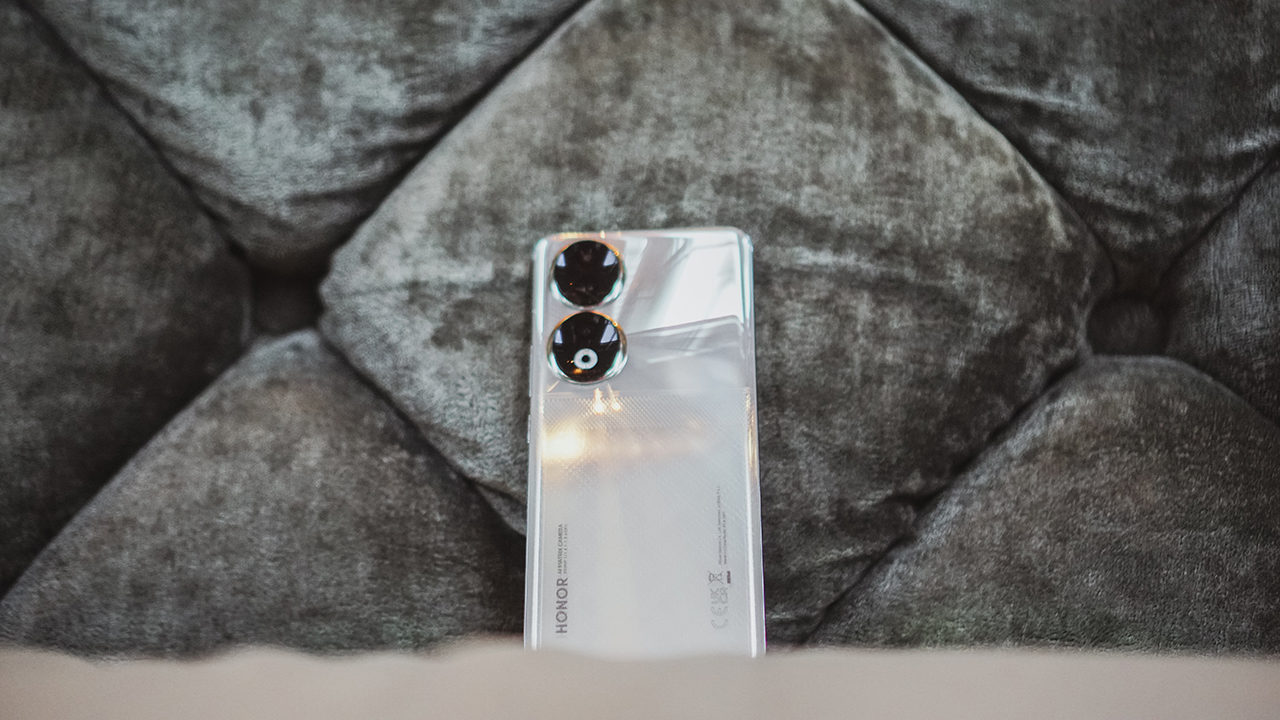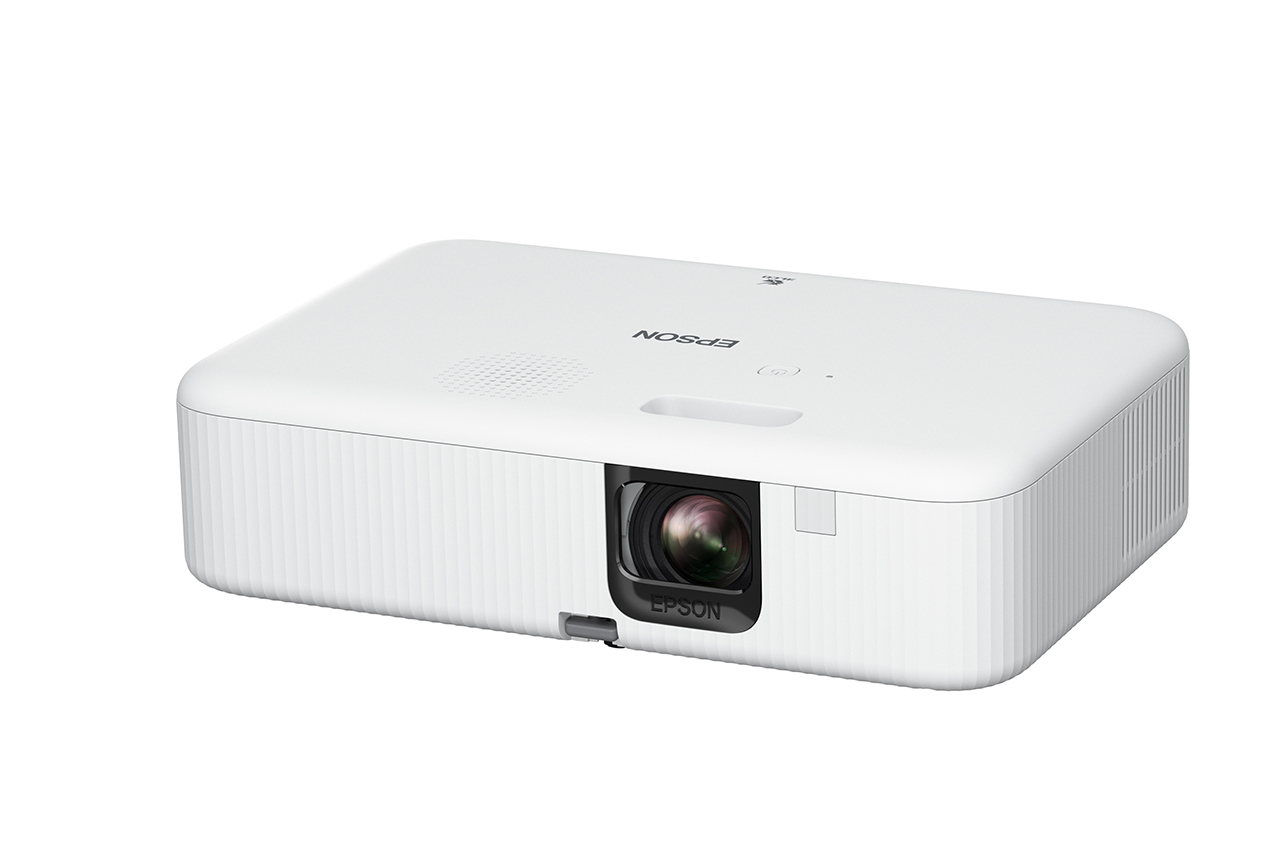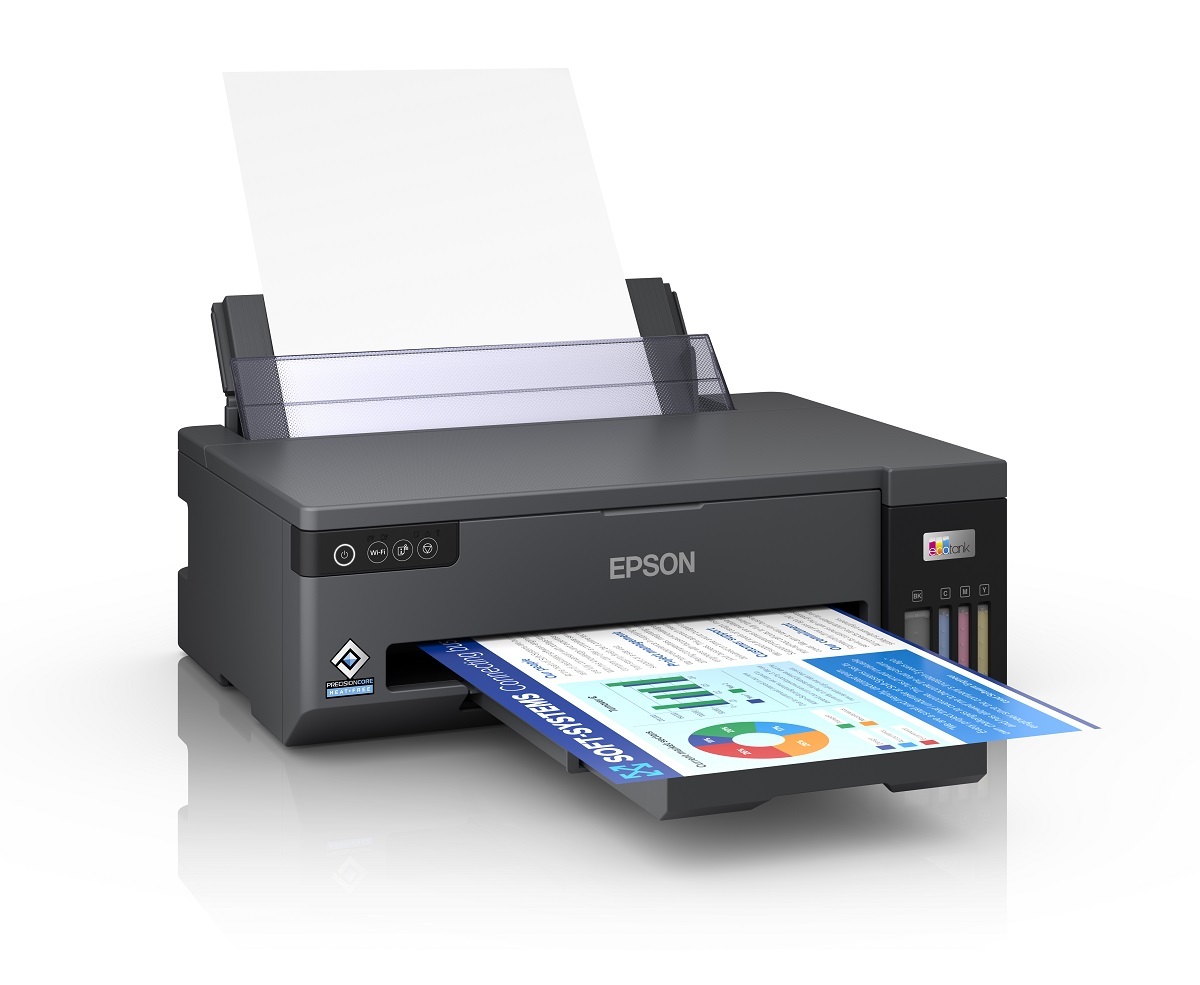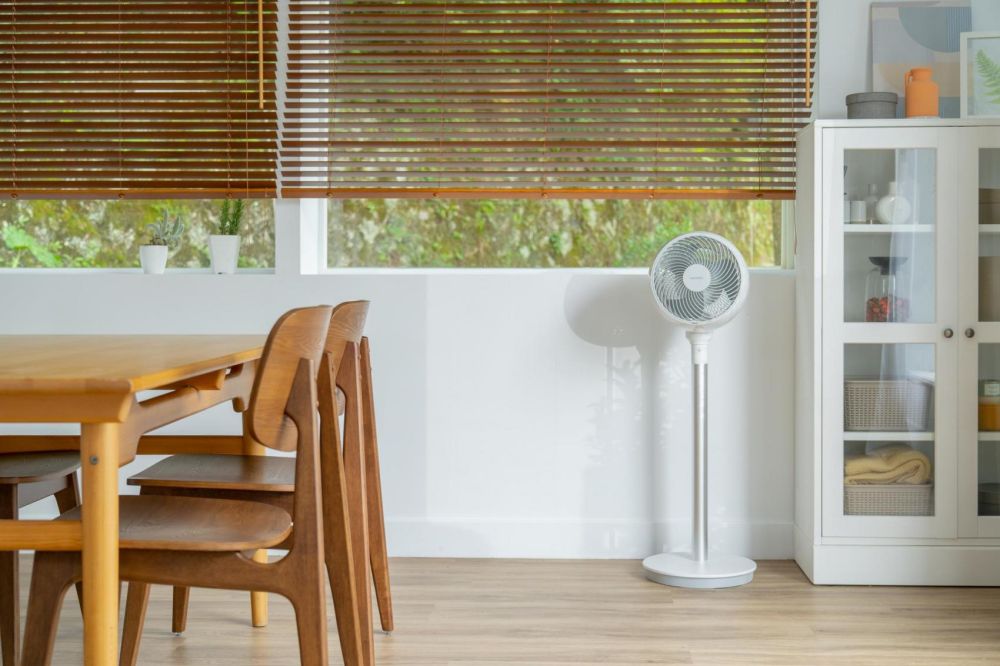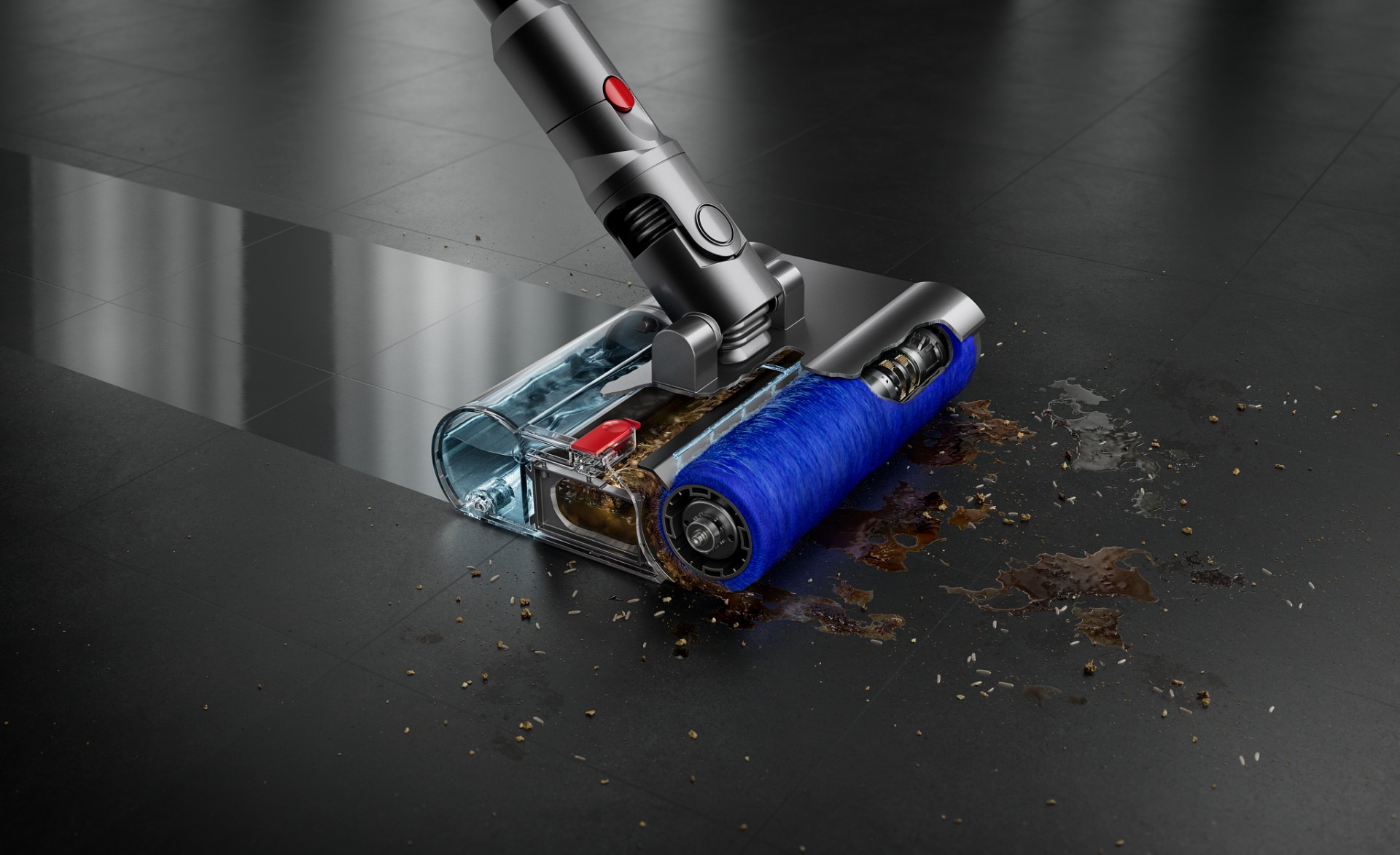Features
Of disruptors, flagships, and price points
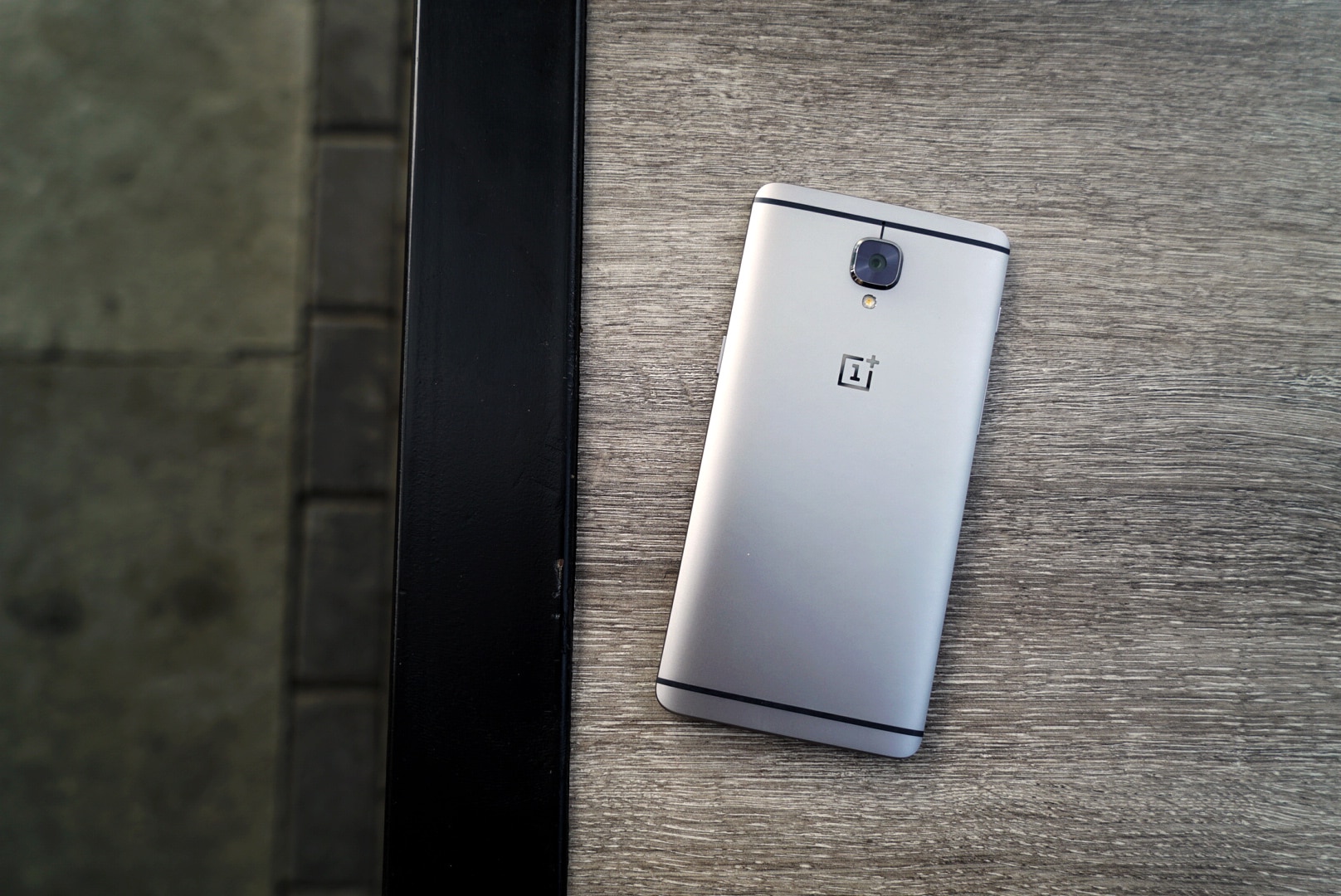
What makes a smartphone a flagship phone?
Just the other day, during a weekly chat over drinks, the GadgetMatch team found ourselves in a conundrum.
While a few years back the answer was simple, these days, the imaginary lines that separate phone classes are getting murkier. That’s especially true in 2016, a year where up-and-coming brands are disrupting price points by introducing the same kinds of phones for less.
Companies like ASUS and OnePlus both offer smartphones that can compete with the best of 2016 at almost half the price. No buts, no ifs, no compromises.
The only thing separating the cream of the crop are features that are great to have but otherwise completely unnecessary: a 4K display, like most high-end televisions; water resistance; and modularity. But when it comes to high-end essentials, the disruptors have it all.
Next week, I’ll be off to New York to cover the launch of the Samsung Galaxy Note 7, the latest in a trio of high-end phones by the world’s largest smartphone manufacturer. If its little brother, the Galaxy S7, is any indicator, expect the Galaxy Note 7 to be one of the best smartphones 2016 will see.
The Note 7 has everything that makes the S7 great: a gorgeous design, weatherproofing, expandable storage, a top notch camera, a built-in stylus, and, possibly, an iris scanner for security.
I haven’t settled on my favorite phone this year yet, one that’ll I’ll keep and use everyday for a year. But in my quest for the best smartphone technology has to offer, the Galaxy Note 7 is sounding like the perfect candidate.
My current daily driver, for all of two weeks, is the OnePlus 3. One of those disruptors I’ve been talking about. The OnePlus 3 is a gorgeous $400 smartphone: all metal, with rounded edges and an ultra-slim frame.
It’s just the right size; runs one of the best Android skins I’ve used; and comes with almost all the bells and whistles I look for in a phone: fast charging; fast fingerprint scanning; and a great camera. The only high-end features this phone doesn’t have are water resistance, a 2K display, and a rich ecosystem of compatible apps, accessories, and companion devices.
But I’m okay with that. In fact, the more time I spend with the OnePlus 3, the more I tell myself, this is actually a phone I don’t mind using daily. Scratch that—this is a phone I actually enjoy using. All of a sudden, my world is turned upside down. Maybe I don’t need a $700 phone? My current $400 phone costs significantly less, but it makes me happy.
Late last week, in Vietnam, another disruptor, Taiwanese tech brand ASUS announced two new smartphones, the ZenFone 3 Laser and ZenFone 3 Max. While ASUS has a phone that competes directly with the OnePlus 3, the equally impressive ZenFone 3 Deluxe, the two just-announced phones compete at another, much lower price point. But they too are disruptive.
Also last week, we were given an opportunity to take these yet-to-be released devices for a dry run. Our verdict? Both of them are significantly better than their predecessors. Our only dilemma, how to classify them. Are they midrange phones or budget phones? Between their specs and price tags, it’s hard to tell.
Which brings us back to the question, what makes a smartphone a flagship phone? Or, for that matter, what makes a budget phone? A midrange phone?
When everything was much simpler, the answer had to do with design, choice of materials, and specs. But now, even those at lower price points, some smartphones are designed well, made from premium materials, and come with impressive specs and features. Now that the playing field is somewhat equal, it all boils down to price.
For disruptors OnePlus and ASUS, it’s a question they both currently face, weeks before for their upcoming launches in the Philippines. I expect both their flagship offerings to come in at around P20,000 ($420). With both phones equally matched in terms of specs, whichever is more affordable is likely to win.
But it’s not just about these two phones. What about the flagships whose popularity they intend on disrupting?
At around the same time both the OnePlus 3 and ASUS ZenFone 3 Deluxe are supposed to go on sale, so should the Samsung Galaxy Note 7 for about P40,000 ($850). The Galaxy S7 is slightly cheaper, about P35,000 ($740).
Bleeding-edge tech comes at a premium, but I wonder, if for the casual consumer, it is worth it. Will there come a time where users, spoiled by the promise of a premium smartphone experience for less, reject the idea of any expensive phone?
Maybe we’ve hit the nail on the head. Maybe a flagship phone is about a premium experience.
I own another phone, a second daily driver, the iPhone 6S—a smartphone so great, that on paper has never competed head-to-head with all the other greats in terms of specs, but nevertheless continues to impress.
Case in point: the budget ASUS ZenFone 3 Laser has 4GB of RAM, twice that of the premium iPhone 6S. What Apple does, however, to justify its higher price points, is that it controls all the moving parts so that the internals can take a step back and users can focus on the usage experience instead.
The challengers to Apple and Samsung seem to have caught on that principle. When you unbox the OnePlus 3, enclosed is a letter from OnePlus co-founder Carl Pei. His message is simple: “Never settle.”
The thinking at ASUS isn’t very different. ASUS CEO Jerry Shen tells me the ZenFone is about “empowering luxury.” It’s about perfecting the smartphone experience and making it possible for everyone to afford this experience.
In a world where the common belief is you get what you pay for, it is intriguing to find that premium doesn’t have to cost so much. And while I appreciate how tech companies innovate with curved displays, super-fast charging, and the like, perhaps the biggest smartphone innovation of 2016 is something less tangible.
Perhaps it’s about premium experiences we can all afford.
[irp posts=”8433″ name=”Best smartphones of 2016″]

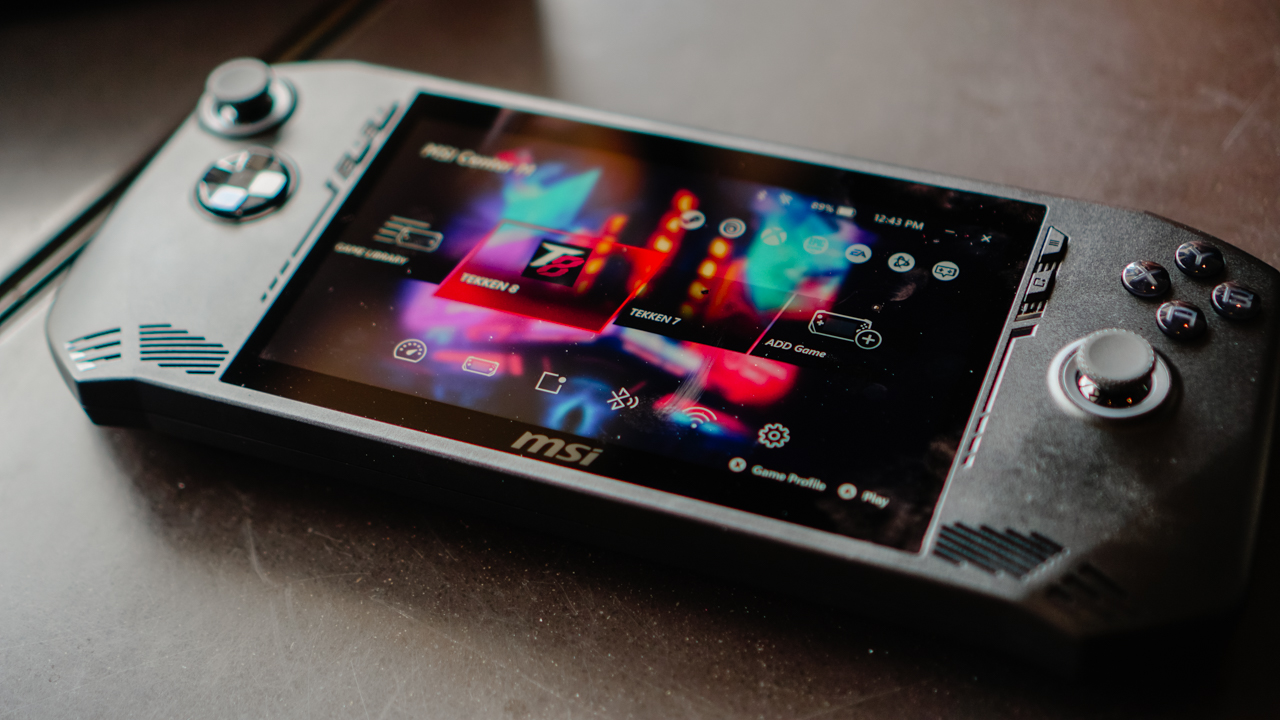
The MSI Claw is the latest gaming handheld from a major PC and laptop brand. The competition in this emerging gadget segment is tighter than ever. So, what is it about the MSI Claw that can scratch your gaming itch? Here’s a quick list.
Best grip in the game
One quick glance and it’s hard not to compare the claw with another popular gaming handheld. But a closer look and actually holding the thing will reveal that its grip easily feels better.
It has a slightly deeper groove that makes it easier to hold. So, MSI’s “Grip and Game” tagline isn’t all talk. Its design truly does provide one of the better feeling handles among its competition.
The overall design makes sure it’s made for extended gameplay sessions. The buttons are where you expect them to be. That includes the four mini buttons on the upper edges of the screen. These are the View, MSI Center M, Menu, and Quick Settings buttons.
In addition, the face buttons and d-pad all feel great. The face buttons, in particular, feel comparable to those of regular console controllers.
The rest of the buttons and triggers have a very satisfying tactile feel. It also uses Hall Effect technology to get rid of any stick drift issues.
Up top, you’ll find the power button, MicroSD Card slot, Thunderbolt 4 USB-C port, audio jack, and the volume buttons. These are intuitively placed and just makes sense given the overall design approach.
As cliché as it sounds, you’ll really think you got your money’s worth once you hold, touch, press, and grip the MSI Claw.
Dragon Vision
Now, MSI isn’t really calling it that but I thought it sounds pretty cool. A big part of the whole gaming experience is the display. Balancing resolution and frame rates is always tricky but the MSI Claw does it convincingly.
With this gaming handheld, you get a 7-inch display with a 120Hz refresh rate. Looks great on paper and it’s even better in real life. It’s the sweet spot in terms of both size and performance. There’s enough here to immerse you all while delivering a satisfying level of crisp and smoothness.
It’s comfortable to view whether you’re on the couch, on a desk table, or lying down getting a quick game in before you get some shut-eye.
Battery Life
At 53Whr, the MSI Claw has a 36% larger battery capacity than its contemporaries and promises 50% more play time.
MSI claims “elevated performance with extended endurance” using the Claw with faster charging capabilities.
These percentages are hard to measure in real life usage. What we can say for certain is that you get the expected performance and playtime typical of a handheld. That’s a little under two hours for graphically demanding titles, and close to four hours on less demanding ones.
The charging claim is legitimate. The MSI Claw juices up faster than most other handhelds, going from 20% to 100% in about a little over a K-Drama episode (roughly a little over an hour).
MSI Center M
Any self-respecting gaming handheld has its own software to make navigating the thing more manageable. While its direct competitors have an armoury crate and a space, MSI went with Center M.
The best part about MSI Center M is it puts your installed games front and center. Right when it launches, you get immediate access to the titles you have available on your machine.
MSI Afterburner is already the most commonly used app for taking a look at how your machine is performing while you play. That functionality is built-in to the MSI Claw. You can access it view the Quick Settings buttons.
Layout and functionality-wise, the MSI Center M is certainly one of the better Gaming Handheld softwares available right now.
Competitive Performance
A defining trait of the MSI Claw is that It’s the first gaming handheld to be powered by Intel Core Ultra. With it comes Intel XeSS tech. What it does is leverage AI upscaling to boost the fps of select titles.
As of launch, 50 notable games are supported. That number will certainly grow throughout the device’s lifespan. Some of the titles include Hi-Fi Rush, Dying Light 2, Forza Horizon 5, Call of Duty Warzone 2.0, Returnal, and many, many more.
Naturally, results will vary depending on the game mode you’re using. But in general, AAA games get anywhere between 10% to 45% better frame rate performance with Intel XeSS.
For our part we played TEKKEN 8 and the recently launched Horizon Forbidden West. Both graphically demanding games played relatively well on the MSI Claw. Frame rate performance on TEKKEN 8 is crucial and we got a relatively consistent fps, never dropping below 40.
Horizon Forbidden West is a much more graphically demanding game. We were able to run it in Medium Settings and while it doesn’t look as incredible, it still played relatively well with a frame rate surprising for a gaming handheld.
Extras
MSI made sure that if you wanted to, you could get some extra stuff with the MSI Claw. Its separately sold accessory set includes the Claw Travel Case, Nest Docking Station, Claw Lanyard, and Claw Keychain.
On paper, the MSI Claw lists its ergonomic design, AI Engine, and App Player as distinct advantages over its competition.
Whether it’s the Gaming Handheld that matches your needs is still ultimately up to you. If you have the opportunity to test drive the device, we suggest you do so. That might just solidify your purchase decision.
Price and availability in the Philippines
The MSI Claw will be available in three configurations in the Philippines. There are priced as follows:
MSI Claw A1M-075PH (PhP 45, 995).
- Intel® Core™ Ultra 5 processor 135H
- 512GB NVMe PCIe Gen4x4
- LPDDR5 16GB, dual channel
- Intel® Arc™ Graphics
Claw A1M-076PH (PhP 50, 995).
- Intel® Core™ Ultra 7 processor 155H
- 512GB NVMe PCIe Gen4x4
- LPDDR5 16GB, dual channel
- Intel® Arc™ Graphics
Claw A1M-077PH (PhP 53, 995).
- Intel® Core™ Ultra 7 processor 155H
- 1TB NVMe PCIe Gen4x4
- LPDDR5 16GB, dual channel
- Intel® Arc™ Graphics
Ongoing Promotion
You can still get your own MSI Claw with exclusive bundled freebies 𝐄𝐗𝐓𝐄𝐍𝐃 until 𝐀𝐩𝐫𝐢𝐥 𝟑𝟎, 𝟐𝟎𝟐𝟒!
This feature article is a collaboration between GadgetMatch and MSI Philippines.

I’ve got a new favorite pair of headphones.
They look good, sound good, last long, are compact and portable.
Most of all? They are from a brand that I truly love.
But I’m getting ahead of myself.
Here’s are V Major reasons why I love the new Marshall Major V!
Features
Fortify your home office or business setup with these devices
For the work-from-home go-getters

If the 21st century taught us something, it’s that fad trends don’t last but legitimate ones stick.
The concept of working from home is an idea deemed impossible before. Thanks to technology, though, it has become a practical alternative for professionals nowadays.
The pandemic magnified its potential even further over the past few years. Working or managing small businesses from your own place has proven to be convenient. It saves you time and money from having to commute or travel to a traditional workplace. It’s also easier to communicate nowadays with various devices and apps. Even ordering food or sending something somewhere has also become a breeze with transport apps.
It’s a trend that won’t go anywhere. For those planning on sticking to staying at home, these devices will give them enough leverage for a “future-proof” setup at the comfort of their own spaces.
Laptops
You cannot go wrong with the Lenovo Yoga laptops. They’re versatile and powerful, and should serve more than enough for light to medium tasks and overall productivity.
They’re powered by Intel Core processors and have ample memory and storage for multitaskers. Yoga laptops also have OLED screens for a crystal-clear view.
For the more budget-conscious professionals, the ASUS Vivobook line is very reliable for most office work software and basic multimedia needs. They come with powerful processors as well, and a multitude of features for your needs.
Of course, the MacBook Air with Apple Silicon is a go-to choice for those inclined on getting Apple devices.
Smartphones
If you’re the ultimate workhorse, the Samsung Galaxy Z Fold5, OnePlus Open, and OPPO Find N3 are among the best recommendations.
Although they come with higher price tags, these devices ensure that you will have a smooth and seamless experience on your fingertips, whether it’s taking and editing photos, going on quick video calls, or organizing documents and other files.
There are also all-rounders like the HONOR 90 5G, OnePlus 11, and OPPO Reno10 Pro and solid mid-rangers like the POCO M-Series, Redmi Note series, and realme’s numbered series.
These more affordable phones can still deliver what is expected of them, especially for those who simply need a phone to aid them but do not necessarily have to literally rely on it for everything.
Epson CO-FH02 projector
It doesn’t hurt to have an extra screen at home. For those looking to consume digital content on a bigger scale, the Epson CO-FH02 projector provides an expansive view. This versatile lifestyle device can also be a realistic backdrop for presentations or livestreams, instead of just merely sharing the screen.
What’s great about the award-winning projector is it beams full HD resolution images, up to 3,000 lumens of brightness, and up to a 391-inch size. It suits many different scenarios and complements your space.
There’s also a handful of connectivity options for different devices. What’s great about the CO-FH02 is it has an Android TV 2 Dongle and Chromecast built-in. The dongle enables wireless connectivity, while Chromecast built-in technology lets you stream content right from the projector, making the viewing experience a breeze, minus all the annoying cables and wires. It’s surely a reliable tool to have, and doesn’t break your wallet.
Epson L11050 Printer
Meanwhile, the Epson L11050 Printer is an excellent choice for both small business owners or those simply needing important files to print. Unlike ordinary printers, the Epson L11050 can print documents up to the A3+ size, giving the printer a distinct advantage over other models.
The printer has a page yield of up to 4,500 pages for black and 7,000 pages for colored. It delivers fast and high-quality printing of up to 30 pages per minute in black and white and 20 for colored. Moreover, it has a large, 100-paper capacity so users won’t have to open it often to refill sheets. Users may also connect wirelessly using the Epson Smart Panel app for a more efficient printing process from your device.
Aside from the convenience it offers in delivering its purpose, the ink tank printer also contributes to a more sustainable world. It is powered by Epson’s Heat-Free Technology for lower energy consumption and lower carbon emission. And with Epson’s EcoTank technology, business owners will also simply have to refill the containers instead of disposing of cartridges. The spill-free process not only saves them operating costs, but makes the printer a sustainable choice as a result.
Epson DS-C330 Scanner
To complete your Epson setup, the Epson DS-C330 Scanner is a portable sheet-fed document scanner that is an absolute space-saver.
One simply has to insert the document they need scanned and the tool will do its work in just a few seconds. The scanner can work on hardcopy files up to legal paper size, even envelopes, IDs, and passports. It has a fast and efficient scanning rate of up to 30ppm and 60ipm, respectively.
It also comes with Vertical Path and Straight Path scan modes too. This means users can seamlessly select between the path modes so the scans come up desirably. With wireless connectivity, files can be saved instantly too. That saves time for uploading documentary requirements or helping customers save their own copies.
As the DS-C330 is also made from up to 34% recycled plastic, you are assured that you are minimizing environmental impact. It is the sustainable choice as far as scanners are concerned.
acerpure Cozy F1
Of course, where there is work, there should also be comfort. The acerpure Cozy F1 is a space-saving modern air circulator that uses an energy-efficient DC Motor and 3D AirFlow technology.
It has 12 touch-activated speed settings, and can project air for up to 15 meters away so it can reach every corner of a large room.
It’s also low-noise so users do not have to worry about getting distracted or bothered when keeping it cool and focusing on their everyday tasks.
Dyson V12s Detect Slim Submarine
After a day’s worth of hard work, it’s ideal to keep your workplace clean. Not only does it reflect yourself, but having a space that’s conducive for productivity always gives you the extra edge.
With the Dyson V12 Detect Slim Submarine, users get a compact and powerful stick cleaner that washes floors and surfaces from start to finish, using clean water.
The tool’s advanced vacuum system allows it to intelligently pick up dust and other debris. The multi-stage filtration system, meanwhile, ensures that even the smallest particles get picked up, leaving your spaces clean and healthy.
-

 Accessories2 weeks ago
Accessories2 weeks agoApple Vision Pro Review: Two Months Later
-

 Features4 days ago
Features4 days agoFortify your home office or business setup with these devices
-
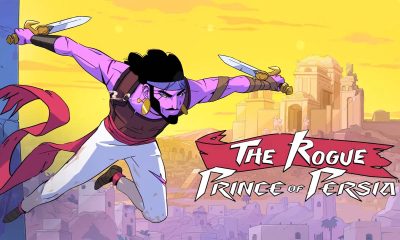
 Gaming1 week ago
Gaming1 week agoThe Rogue Prince of Persia looks like an ultra-colorful roguelite
-

 Philippines2 weeks ago
Philippines2 weeks agovivo Y100 to release in Philippines on April 27
-

 Deals2 weeks ago
Deals2 weeks agoSamsung Awesome April: Deals on Galaxy A series
-

 Gaming1 week ago
Gaming1 week agoStar Wars Outlaws release date revealed
-

 Events1 week ago
Events1 week agoStellar Blade: PlayStation taps cosplayers to play Eve for game’s launch
-

 Accessories1 week ago
Accessories1 week agoLogitech unveils G Pro X 60 gaming keyboard: Price, details

